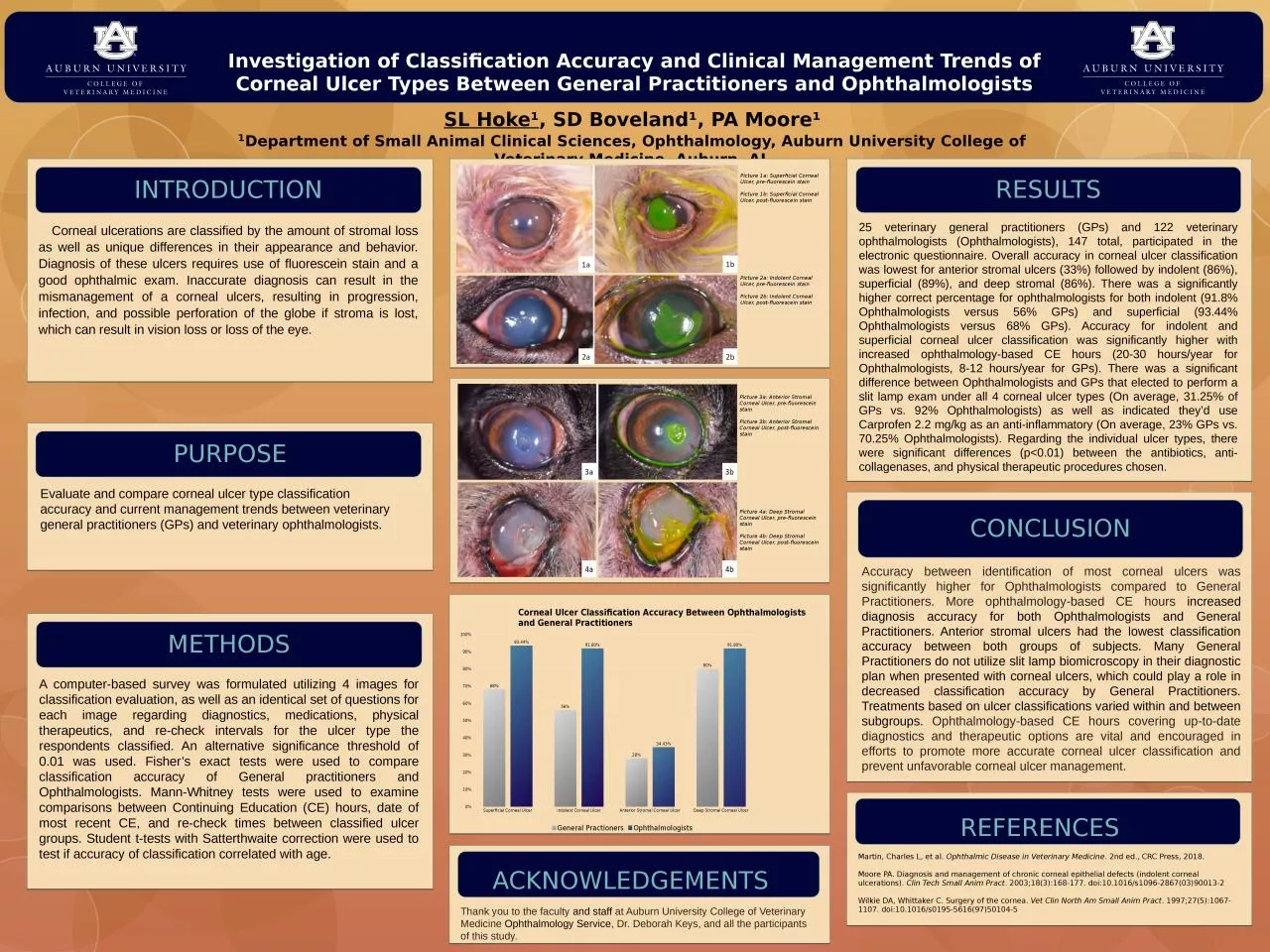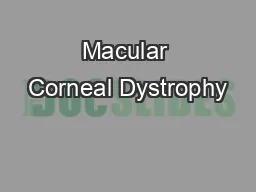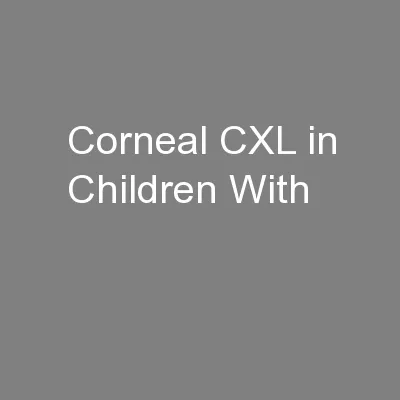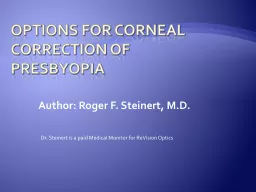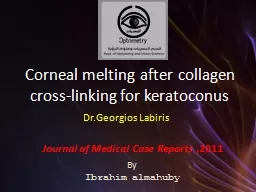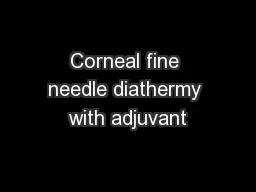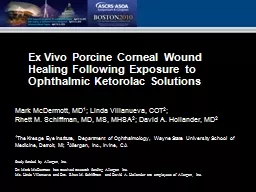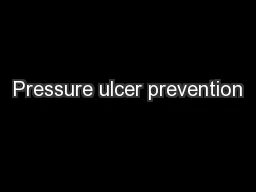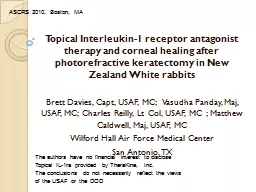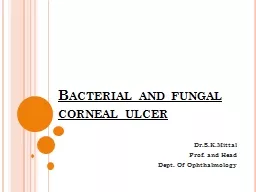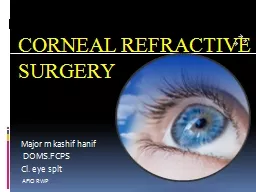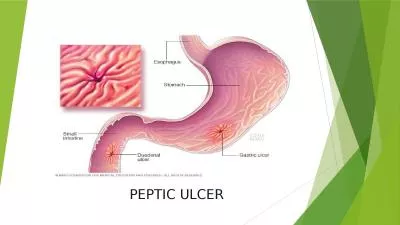PPT-Evaluate and compare corneal ulcer type classification accuracy and current management
Author : julia | Published Date : 2024-02-02
A computerbased survey was formulated utilizing 4 images for classification evaluation as well as an identical set of questions for each image regarding diagnostics
Presentation Embed Code
Download Presentation
Download Presentation The PPT/PDF document "Evaluate and compare corneal ulcer type ..." is the property of its rightful owner. Permission is granted to download and print the materials on this website for personal, non-commercial use only, and to display it on your personal computer provided you do not modify the materials and that you retain all copyright notices contained in the materials. By downloading content from our website, you accept the terms of this agreement.
Evaluate and compare corneal ulcer type classification accuracy and current management: Transcript
Download Rules Of Document
"Evaluate and compare corneal ulcer type classification accuracy and current management"The content belongs to its owner. You may download and print it for personal use, without modification, and keep all copyright notices. By downloading, you agree to these terms.
Related Documents

